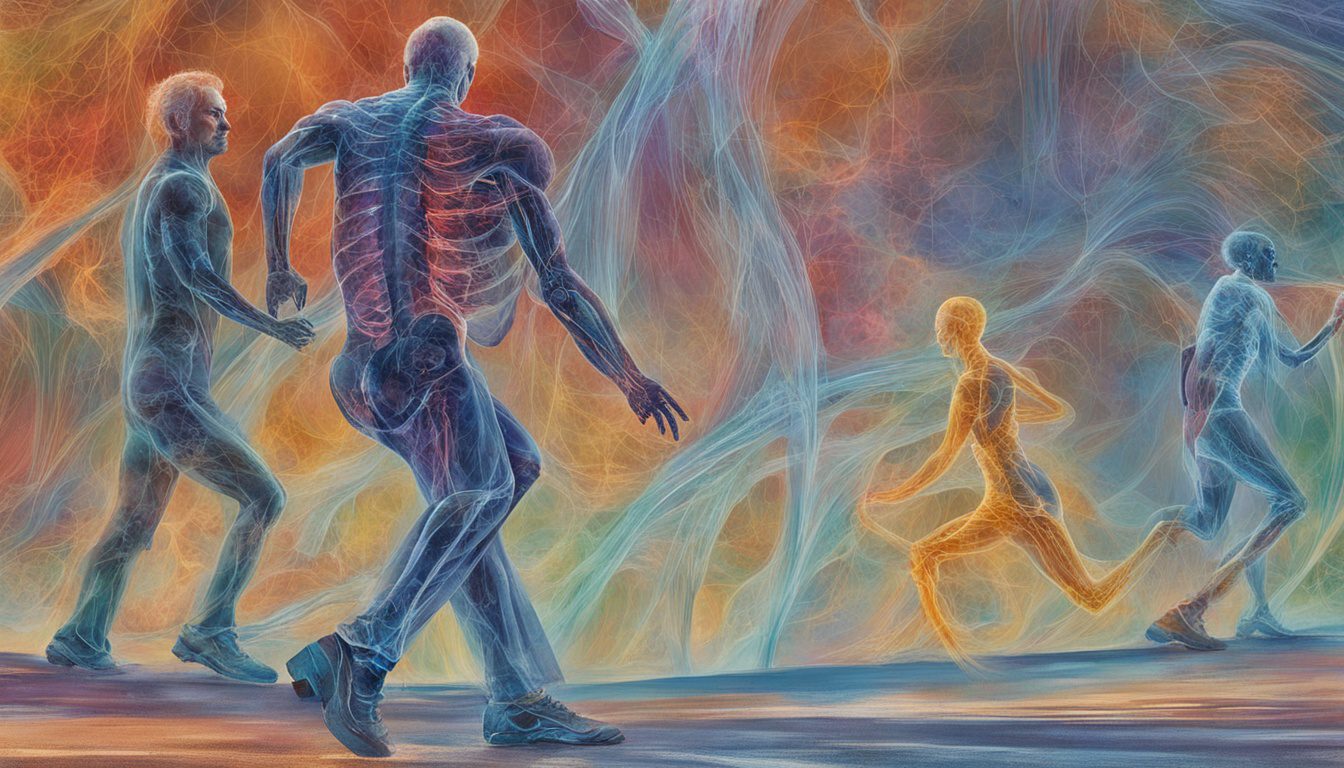Primary lateral sclerosis (PLS) is a rare disease that affects certain brain neurons. It causes muscle stiffness and weakness over time in the legs, arms, and more. PLS is hard to diagnose since its symptoms are similar to other conditions like multiple sclerosis and ALS.
Doctors use various tests to diagnose PLS, such as blood work, MRIs, and nerve tests. They might also do genetic testing for certain kinds of PLS. Until now, there’s no cure, but treatments exist to help with the symptoms and function.
Treatments for PLS symptoms include medicines that reduce muscle symptoms. Therapies like physical or occupational therapy, speech therapy, and using assistive devices can also improve life for PLS patients. And nutritional support is often a key part of their care.
Stem cell therapy is being researched as a possible future treatment for PLS. But, scientists need to conduct more studies to understand if it’s effective and safe.
Key Takeaways:
- Primary lateral sclerosis (PLS) is a rare neurodegenerative disease that affects the upper motor neurons.
- PLS is characterized by progressive muscle stiffness, weakness, and spasticity.
- Diagnosing PLS can be challenging due to the similarity of symptoms with other neurological diseases.
- Common diagnostic tests for PLS include bloodwork, MRI, EMG, and genetic testing.
- There is currently no cure for PLS, but various treatment options can help manage symptoms.
- Medications, therapies, and assistive devices are used to alleviate symptoms and improve quality of life.
- Stem cell therapy is being investigated as a potential treatment for PLS, but further research is needed.
Symptoms and Causes of Primary Lateral Sclerosis (PLS)
Primary Lateral Sclerosis (PLS) brings on a set of symptoms related to motor neuron disorders. These signs appear slowly, often starting with issues in balance. PLS patients might find their muscles stiff, weak, and have spasms. This usually starts in the legs but can spread to the arms, hands, tongue, and jaw.
People with PLS could also notice they move slower and may trip more. They might find their hands aren’t as skilled as before. Plus, they could develop a hoarse voice, speak slowly, and have a tough time swallowing. These changes might also come with occasional mood swings. PLS can affect individuals at any time, but it’s more common between 40 and 60 years old.
The cause of PLS is still a mystery, but it likely involves both genes and the environment. Some cases are linked to mutations in the ALS2 gene. This gene change might be inherited in a way where both parents carry the gene but don’t show the condition themselves.
Common Symptoms of Primary Lateral Sclerosis (PLS)
| Symptom | Description |
|---|---|
| Muscle stiffness | Increased tension and rigidity in the muscles |
| Weakness | Reduced strength and power in the muscles |
| Spasticity | Involuntary muscle contractions and spasms |
| Balance trouble | Difficulty maintaining balance and coordination |
| Hand clumsiness | Lack of precision and control in hand movements |
| Hoarse voice | Alteration or weakening of the vocal tone |
| Trouble chewing and swallowing | Difficulty in the process of biting, chewing, and swallowing food |
| Emotional changes | Fluctuations in mood and behavior |
Causes and Risk Factors of Primary Lateral Sclerosis (PLS)
The root causes of PLS are not completely known. It’s likely a mix of genetic and environmental elements. The ALS2 gene mutation is seen as a key genetic factor.
Exposure to certain toxins or infections might also influence PLS. But, more study is necessary to completely understand these connections.
Learning about PLS symptoms and causes early is very important. It helps doctors diagnose the disease sooner and choose the best treatments.
Diagnosis and Treatment Options for Primary Lateral Sclerosis (PLS)
Diagnosing PLS is tough since it looks like other neurological diseases. Doctors use a patient’s medical history, a physical exam, and tests to confirm it. This includes blood tests for infections, imaging like MRIs to look for nerve damage, and EMGs to check on muscle activity.
If doctors suspect juvenile PLS, they might do genetic testing. These tests help rule out other conditions.
PLS doesn’t have a cure yet, but treatments can help manage its symptoms. This can make daily life a bit easier. Medicines like baclofen, tizanidine, and clonazepam might be used to treat muscle spasms.
Physical and occupational therapies are key. They work on keeping muscles strong. Speech therapy helps with talking and swallowing, and a dietitian might offer nutrition support. Using things like braces, canes, or wheelchairs can also make moving around simpler.
Stem cell therapy could be a future treatment, but more research is needed. Researchers are looking into how safe and effective it could be for PLS.

